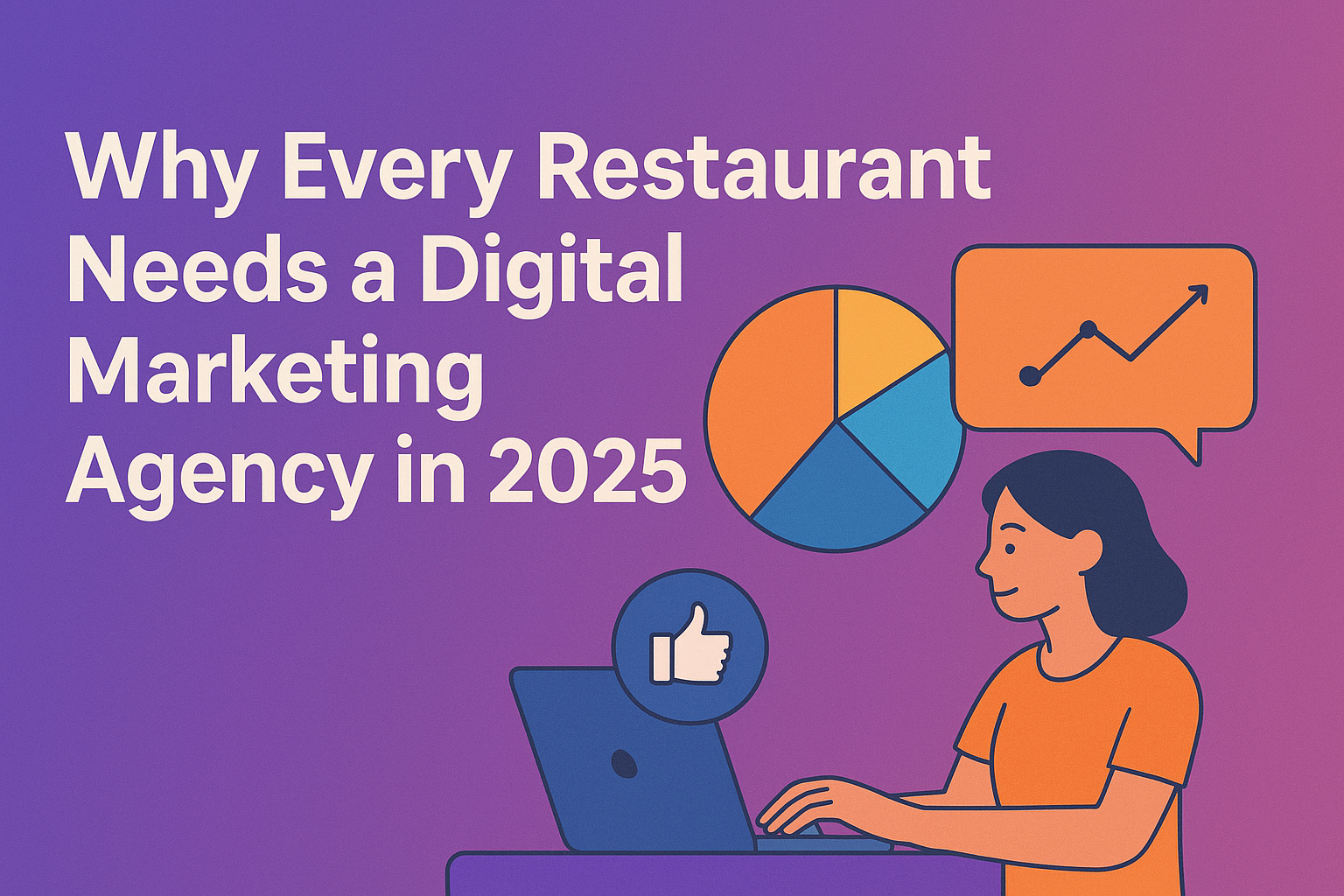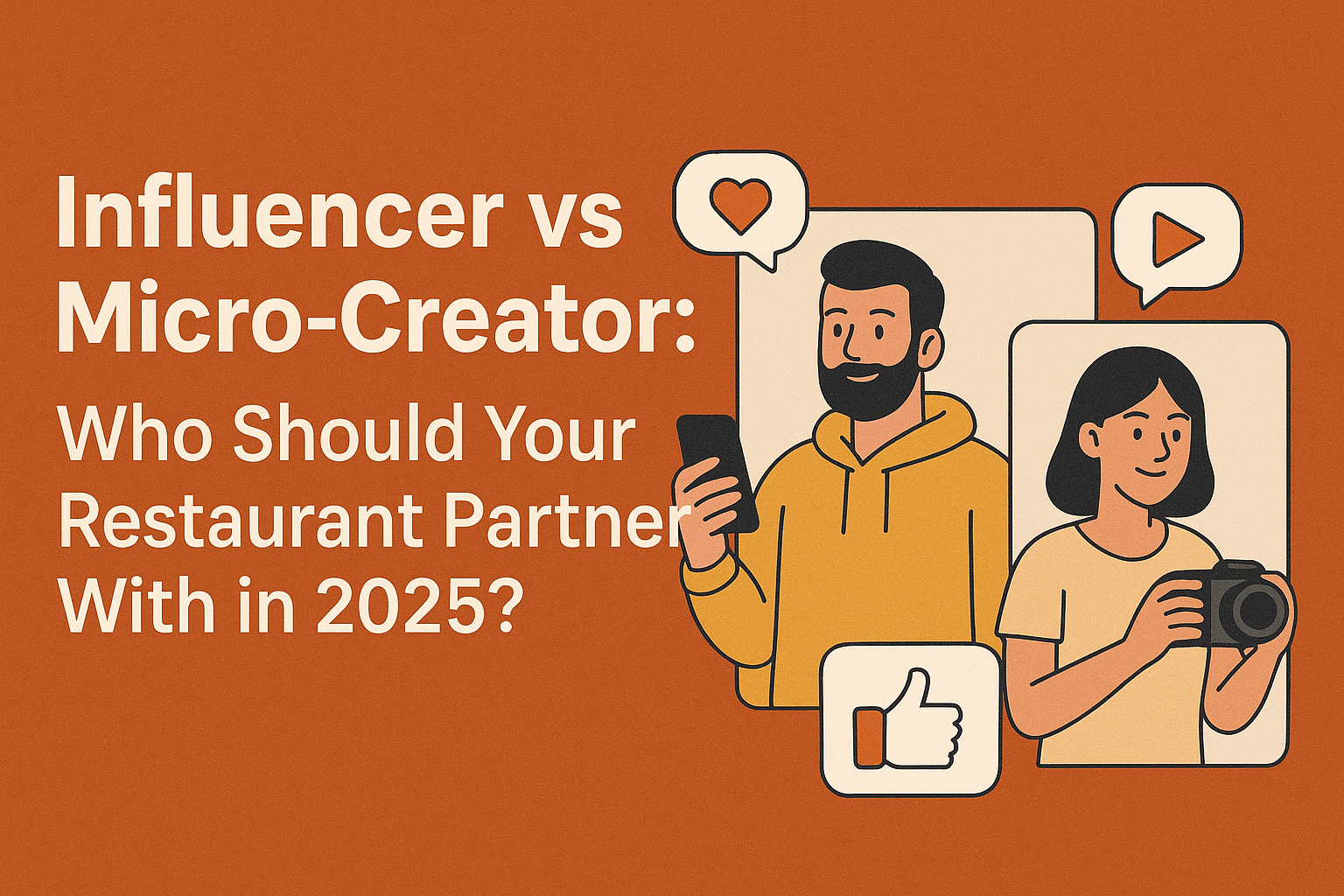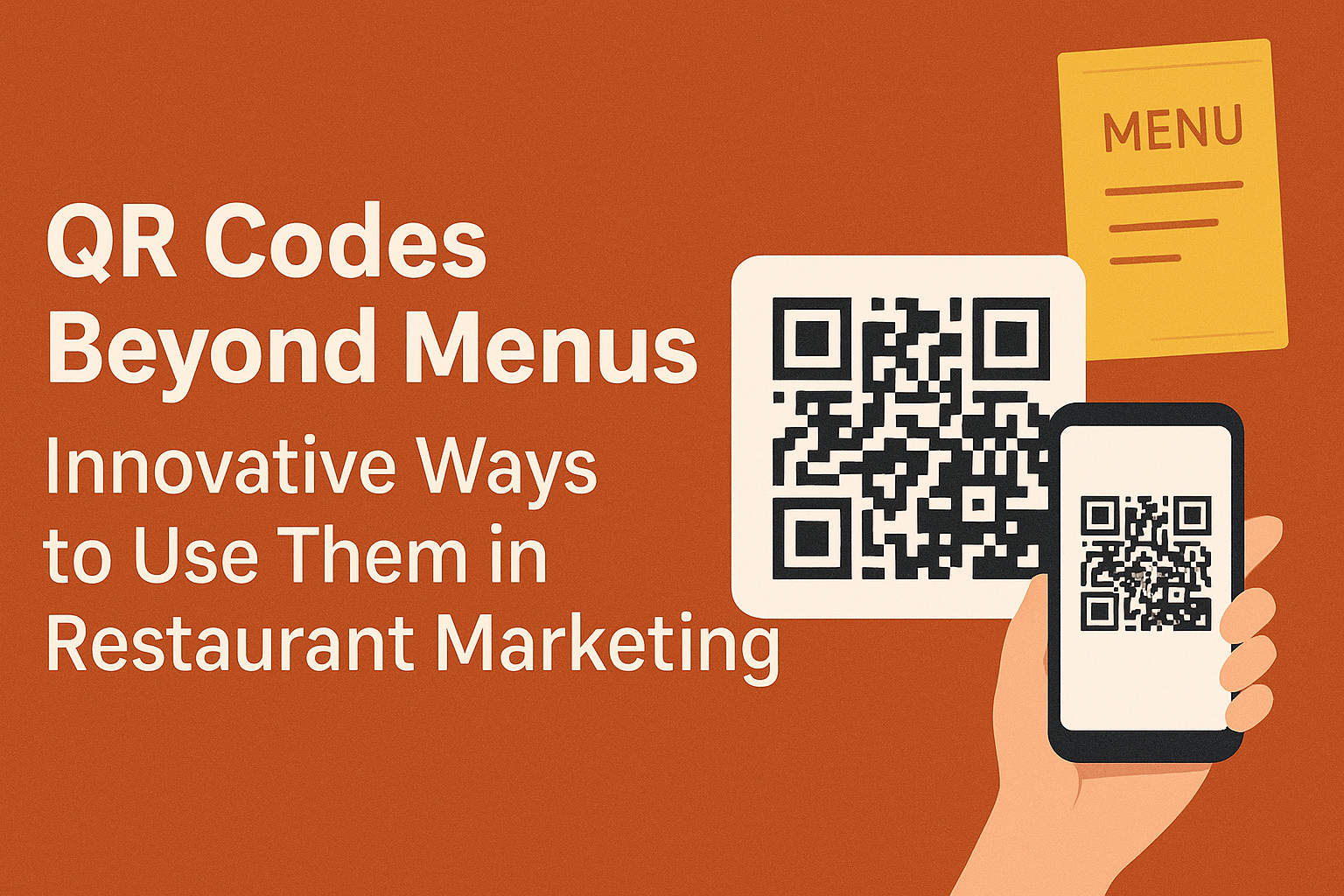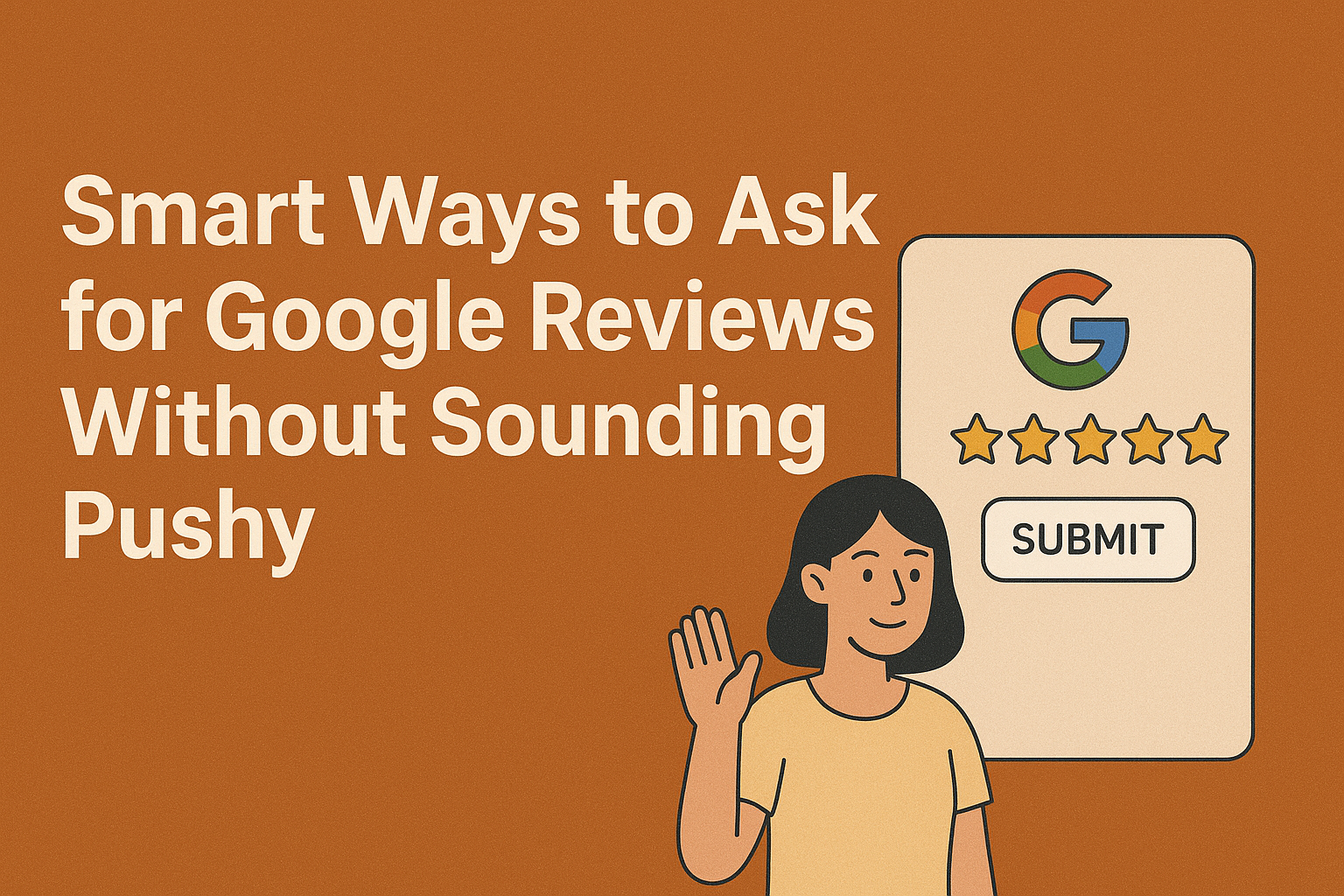Introduction
Running ads for your restaurant on Facebook and Google can significantly increase foot traffic, boost online orders, and elevate brand awareness. But launching ads without a strategic foundation can lead to wasted budgets and minimal results. Whether you own a fine-dining restaurant in Delhi, a quick-service café in Mumbai, or a delivery kitchen in Bangalore, the following checklist ensures your campaigns generate real impact.
1. Set Clear Advertising Goals
Before running any ads, establish what you aim to achieve. Advertising goals guide your ad type, platform, and messaging.
Common goals include:
- Increasing dine-in bookings
- Boosting online orders
- Promoting an event or seasonal offer
- Growing brand awareness
Example:
- “Get 20% off your first visit!” (for walk-ins)
- “Free dessert on Zomato orders above ₹500” (to push delivery)
Strategic Note:
- Use Google Ads for high-intent searches like “best pizza near me”
- Use Facebook & Instagram Ads to introduce your brand and create demand through visuals
For goal-setting frameworks, consider the SMART advertising approach.
2. Optimize Your Google My Business (GMB) Profile
Your Google My Business profile often forms the first impression when someone discovers your restaurant online. Make sure it’s fully optimized before spending on ads.
Key elements to update:
- Accurate name, address, phone number, business hours
- High-resolution photos of your food, ambiance, and staff
- A complete menu with updated pricing
- Frequent responses to reviews (especially negative ones)
Case Insight:
A café in Kolkata experienced a 25% increase in walk-ins after updating its GMB listing and running location-based Google Ads.
Need help with this? Check out this GMB optimization guide from Moz.
3. Identify Your Target Audience
Define exactly who your ads should reach. Precise targeting leads to higher conversions and better ROI.
Factors to consider:
- Location: Nearby residential or office areas
- Demographics: Age, gender, income levels
- Food preferences: Vegan, regional cuisine lovers, etc.
- Behavior: Frequent online food orderers, social media users
Example:
A South Indian restaurant in Bangalore may target:
- 25–40-year-old professionals
- Foodies engaging with dosa content
- Searchers of “authentic dosa near me”
Use Facebook Audience Insights and Google Analytics to refine your targeting strategy.
4. Create High-Quality Visual Content
In food marketing, visuals speak louder than words. The quality of your images and videos can make or break your campaign.
Recommended content types:
- High-resolution photos of popular dishes
- Short-form videos (10–15 seconds) showing preparation, ambience, or happy customers
- Carousel ads featuring multiple menu items or time slots (e.g., lunch, dinner, late night)
Example:
Theobroma’s crisp brownie images on Instagram help create high visual recall and footfall.
To level up your visuals, explore these restaurant photography tips by Later.
5. Choose the Right Ad Platforms & Formats
Select the most suitable platform and ad format based on your objectives.
Google Ads:
- Search Ads: Appear on queries like “Chinese restaurant near me”
- Display Ads: Visually engaging banners across relevant websites
- YouTube Ads: Short video ads featuring your dishes or events
Facebook & Instagram Ads:
- Image Ads: Promote individual signature dishes
- Carousel Ads: Showcase multiple offerings
- Video Ads: Behind-the-scenes, chef’s special, or testimonials
Case Insight:
Barbeque Nation successfully uses Google Search Ads for keywords like “buffet near me” while promoting unlimited grill options via Facebook carousels.
Check this complete guide to Google Ads for restaurants.
6. Set an Effective Ad Budget
Budgeting helps you stay consistent and measure returns accurately.
Budget types to consider:
- Daily Budget: Ideal for ongoing brand awareness or seasonal reach
- Lifetime Budget: Great for limited-time promotions
- Bidding Strategy: Choose CPC (cost per click) for leads, or CPM (cost per 1,000 impressions) for visibility
Example:
A Pune-based restaurant set a ₹500/day Facebook Ads budget and achieved 5X ROI within two weeks by focusing on reservation ads.
For cost-effective planning, refer to this Facebook Ads budget guide.
7. Craft a Compelling Ad Copy
Your ad copy must stop the scroll and drive action. It should clearly communicate the offer and benefit.
Elements of a strong ad copy:
- Clear, eye-catching headline
- Concise offer description
- Strong call to action
Example:
- “Flat 50% Off on All Appetizers – Today Only!”
- “Fresh wood-fired pizzas delivered hot in 30 minutes.”
- “Book Your Table Now!”
Improve your copy using this copywriting guide for Facebook Ads.
8. Integrate Website or Landing Page Tracking
If you’re sending users to your website, ensure proper tracking is in place.
Why it matters:
- Helps you measure how many users actually place orders or book tables
- Allows for retargeting users who visited but didn’t convert
- Enables campaign optimization with real-time data
Use Facebook Pixel and Google Tag Manager to set up conversions.
9. Test Multiple Creatives & Audiences
Never settle for one version of your ad. Testing helps discover what truly performs.
What to A/B test:
- Image vs. video ads
- Two different headlines or CTA buttons
- Separate audience groups (e.g., foodies vs. deal hunters)
Facebook Ads Manager and Google Ads both offer built-in A/B testing tools.
Use this guide by WordStream to start experimenting.
10. Ensure Mobile Optimization
Most food-related searches and social media usage happen on smartphones. If your landing page or menu takes too long to load, users drop off.
Checklist for mobile-readiness:
- Fast-loading mobile website
- Clickable phone number and reservation links
- Mobile-optimized menu with clear visuals and prices
Page speed insights from Google’s Mobile-Friendly Test can help you ensure optimal performance.
Conclusion
Facebook and Google Ads can transform your restaurant’s online presence—but only when executed with proper planning. From optimizing your GMB profile to refining your ad creatives and audience, every step plays a vital role in delivering results.
By following these 10 steps, you’ll set your campaigns up for success, boost ROI, and turn clicks into bookings.
Need expert help? Mango Marketing specializes in end-to-end restaurant advertising that delivers real results.
FAQs
Start with ₹500–₹1,500/day for Facebook and ₹1,500–₹3,000/day for Google. Scale once you start seeing results.
Google Ads work best for high-intent users searching for restaurants. Facebook and Instagram Ads help build awareness and influence impulse decisions. A combination works best.
High-quality photos and videos, carousel ads, customer reviews, and limited-time offers tend to drive the most engagement.
Avoid poor visuals, neglecting mobile optimization, targeting too broad an audience, and ignoring user engagement or reviews.
Yes, a complete and optimized GMB listing builds trust, boosts local SEO, and enhances your ad’s effectiveness.








